Transforming your garden into a beautiful and functional outdoor space starts with choosing the right trees. Whether you’re aiming to add year-round greenery, vibrant seasonal blooms, or a unique focal point, the trees you select can make all the difference. This guide highlights five exceptional choices—Magnolia 'Teddy Bear', Crepe Myrtle (Lagerstroemia indica), Betula pendula (Silver Birch), Xanthorrhoea (Grass Tree), and Corymbia maculata (Spotted Gum)—each offering distinctive qualities that can elevate the look and feel of your garden. From compact charm and vibrant flowers to striking bark and unique forms, these trees have the potential to turn your garden into a luxurious and thriving retreat.
Magnolia 'Teddy Bear': Compact Beauty with Fragrant Flowers
If you’re looking for a tree that combines aesthetic appeal with practical functionality, Magnolia 'Teddy Bear' might just be the perfect addition to your garden. This compact evergreen tree is a true standout with its glossy, dark green leaves and large, fragrant white flowers. It’s ideal for small gardens or as a feature in larger landscapes, offering year-round greenery and a burst of floral fragrance during the warmer months. Whether you’re aiming to create a private, cozy space or add a touch of elegance to your outdoor area, Magnolia 'Teddy Bear' brings both beauty and versatility.
Key Facts
- Mature Height: 4-5 meters
- Mature Width: 2-3 meters
- Best Uses: Feature tree, container planting, privacy screening
- Leaf Appearance: Glossy, dark green with a bronze underside
- Rate of Growth: Moderate
- Tolerates: Full sun to partial shade, well-drained soils
Why It's Perfect for Your Garden
The Magnolia 'Teddy Bear' is ideal for those seeking a tree with aesthetic appeal and functionality. Its compact size makes it suitable for small gardens or patios, while its dense foliage provides excellent privacy screening. The large, fragrant flowers add visual interest and attract pollinators, enhancing the ecological value of your garden. Easy to care for, this tree requires minimal pruning and is resistant to pests, making it a low-maintenance yet luxurious addition to any outdoor space.
Crepe Myrtle (Lagerstroemia indica): Vibrant Summer Blooms
For gardeners who crave vibrant color and dynamic textures, Crepe Myrtle (Lagerstroemia indica) is an excellent choice. This deciduous tree is renowned for its dazzling summer blooms that come in a variety of stunning colors, including pink, red, white, and purple. Its beauty doesn’t end with the flowering season; as autumn arrives, the leaves turn brilliant shades of red and orange, adding multi-seasonal interest to your garden. Whether you want to create a focal point, line a pathway, or add visual interest to your garden’s borders, Crepe Myrtle offers a striking solution that continues to impress throughout the year.
Key Facts
- Mature Height: 3-7 meters
- Mature Width: 2-6 meters
- Best Uses: Feature tree, garden border, street planting
- Leaf Appearance: Dark green, turning vibrant red or orange in autumn
- Rate of Growth: Fast
- Tolerates: Heat, humidity, drought, a variety of soil types
Why It's Perfect for Your Garden
The Crepe Myrtle is perfect for adding vibrant color and interest to any garden. Its stunning blooms last throughout the summer, while the tree's exfoliating bark and colorful autumn foliage provide year-round appeal. This tree is highly adaptable to different soil types and climates, making it a versatile choice for many landscapes. Its fast growth rate and tolerance to heat and drought conditions make it an excellent option for low-maintenance gardening, ensuring that your garden remains beautiful with minimal effort.
Betula pendula (Silver Birch): Elegance with Striking White Bark
When it comes to adding an elegant touch to your garden, few trees can match the beauty of the Silver Birch. Known for its striking white bark and graceful silhouette, Betula pendula offers both visual appeal and functional benefits. This fast-growing deciduous tree is perfect for adding height and structure to your garden, and its delicate, fluttering leaves create a sense of lightness and movement. The Silver Birch’s distinctive bark not only contrasts beautifully with surrounding greenery but also provides year-round interest, ensuring your garden remains captivating even in winter. Whether planted alone as a feature tree or in groups for a woodland effect, the Silver Birch is a timeless addition to any landscape.
Key Facts
- Mature Height: 12-18 meters
- Mature Width: 6-10 meters
- Best Uses: Feature tree, group planting, woodland garden
- Leaf Appearance: Light green, turning yellow in autumn
- Rate of Growth: Fast
- Tolerates: Cold climates, well-drained soils, partial shade
Why It's Perfect for Your Garden
The Silver Birch is ideal for adding height and structure to your garden. Its striking white bark provides a stunning contrast to other trees and plants, making it a focal point in any landscape design. This tree is particularly well-suited to larger gardens or woodland settings, where its height and graceful form can be fully appreciated. As a fast-growing species, it quickly establishes itself, providing shade and shelter for wildlife. Its tolerance to cold climates and well-drained soils makes it a resilient choice for various garden environments.
Xanthorrhoea (Grass Tree): Unique Australian Native with Striking Form
For those who appreciate the unique and unusual, the Grass Tree is a standout choice that adds dramatic flair to any garden. As an iconic Australian native, Xanthorrhoea is renowned for its distinctive appearance, characterized by a blackened trunk and tufts of long, narrow, grass-like leaves. This tree is not only visually striking but also incredibly hardy, thriving in poor soils and drought conditions. Its slow growth and minimal maintenance requirements make it a long-term investment that rewards you with a truly one-of-a-kind garden feature. Whether used as a focal point in a rock garden or as part of a native Australian landscape, the Grass Tree is sure to be a conversation starter.
Key Facts
- Mature Height: 1-6 meters
- Mature Width: 1-2 meters
- Best Uses: Feature tree, rock garden, xeriscaping
- Leaf Appearance: Long, narrow, grass-like leaves
- Rate of Growth: Slow
- Tolerates: Drought, poor soils, full sun
Why It's Perfect for Your Garden
The Grass Tree is perfect for those looking to add a touch of the extraordinary to their garden. Its unique appearance and slow growth make it a long-term investment that provides year-round interest. This tree is particularly well-suited to xeriscaping and rock gardens, where its drought tolerance and low water requirements are valuable assets. The Grass Tree is also great for creating a more natural, Australian-inspired garden, as it seamlessly integrates into native landscapes.
Corymbia maculata (Spotted Gum): Tall with Smooth, Mottled Bark
If you’re aiming to create a bold and impressive statement in your garden, the Spotted Gum is a perfect choice. This tall evergreen tree is known for its smooth, mottled bark that changes color as it matures, adding an ever-evolving visual element to your landscape. The Spotted Gum’s upright growth and dense canopy make it ideal for providing shade, while its robust nature allows it to thrive in a variety of conditions, including coastal areas and drought-prone regions. Whether you need a feature tree, a shade provider, or a windbreak, Corymbia maculata brings both beauty and practicality to your garden, ensuring it remains a stunning and functional space.
Key Facts
- Mature Height: 15-30 meters
- Mature Width: 10-15 meters
- Best Uses: Feature tree, shade tree, windbreak
- Leaf Appearance: Lance-shaped, dark green leaves
- Rate of Growth: Moderate to fast
- Tolerates: Coastal conditions, a variety of soil types, drought
Why It's Perfect for Your Garden
The Spotted Gum is ideal for those looking to add height and drama to their landscape. Its tall stature and distinctive bark make it a striking feature tree, while its dense canopy provides excellent shade and shelter. This tree is also well-suited to use as a windbreak or privacy screen, thanks to its robust growth and tolerance of various conditions, including coastal areas and drought. With minimal maintenance required, the Spotted Gum offers beauty and practicality for high-end gardens.
Conclusion
Selecting the right feature trees for your garden can elevate its aesthetic and functional qualities, creating a luxurious outdoor space that offers year-round beauty and enjoyment. Whether you prefer the compact charm of Magnolia 'Teddy Bear', the vibrant blooms of Crepe Myrtle, the striking elegance of Silver Birch, the unique form of Grass Tree, or the towering presence of Spotted Gum, each of these trees brings its distinct character to a garden. Thoughtfully chosen, these trees can transform your outdoor space into a sophisticated retreat.
FAQs
- What is the best tree for a small garden?- Magnolia 'Teddy Bear' is an excellent choice for small gardens due to its compact size and dense foliage, providing both beauty and privacy.
- Which tree offers the best year-round interest?- Crepe Myrtle (Lagerstroemia indica) offers vibrant summer blooms and colorful autumn foliage, providing multi-seasonal interest.
- What tree is ideal for creating a natural, Australian-themed garden?-The Xanthorrhoea (Grass Tree) is perfect for an Australian-themed garden, with its unique appearance and native origin.
- How do I choose a tree that requires minimal maintenance?-Trees like Corymbia maculata (Spotted Gum) are low maintenance, drought-tolerant, and adaptable to various conditions, making them a practical choice for a luxurious garden.


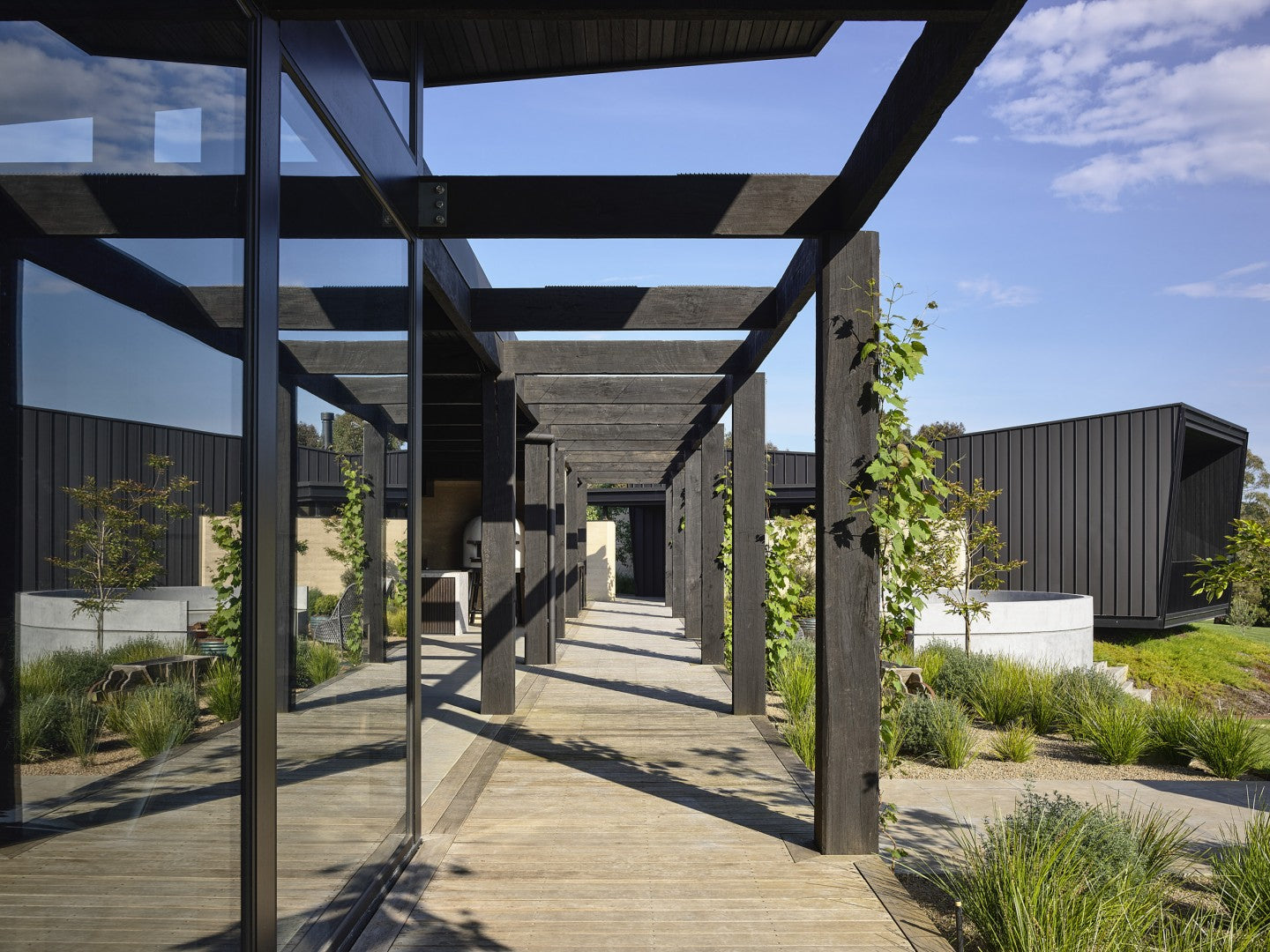
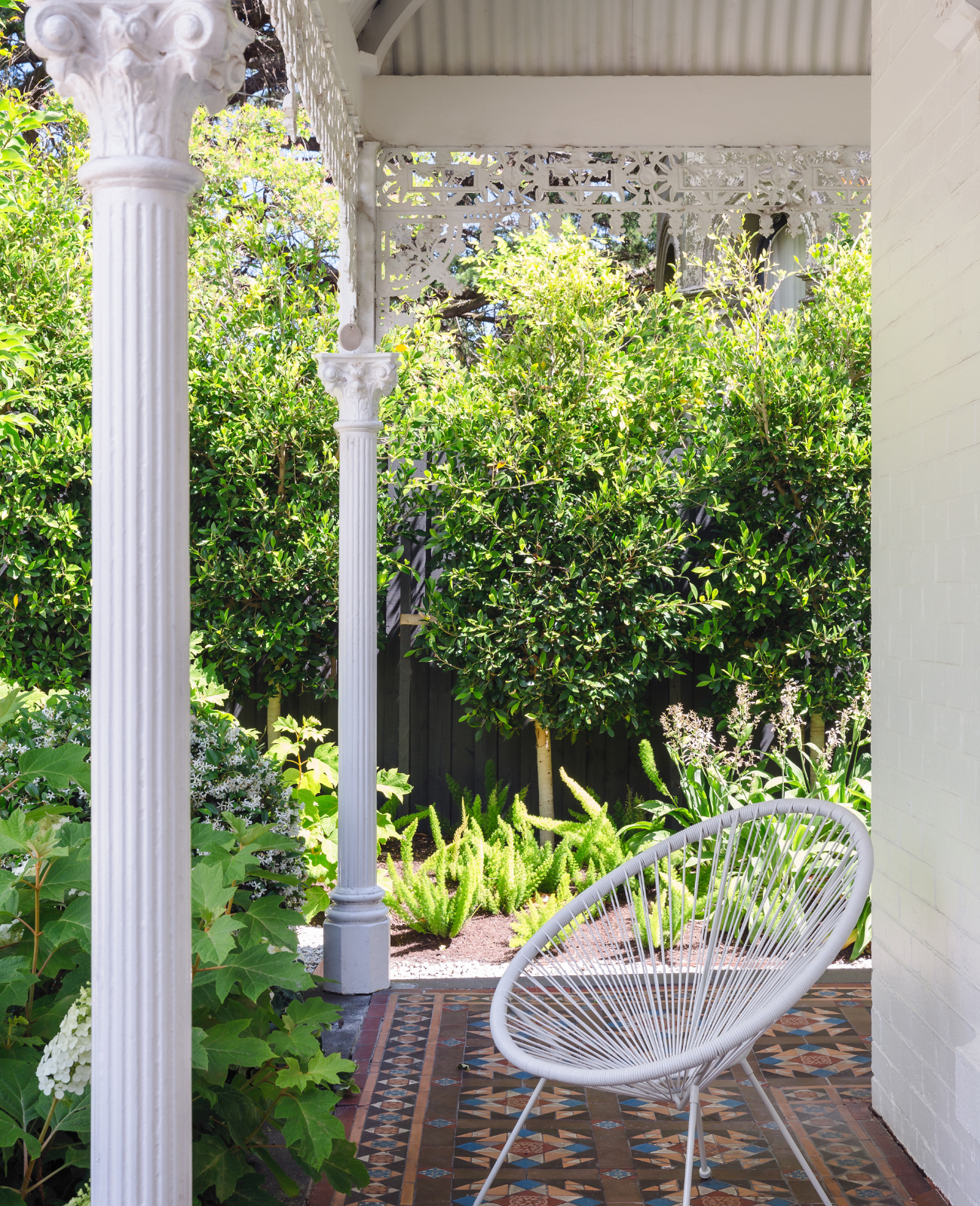
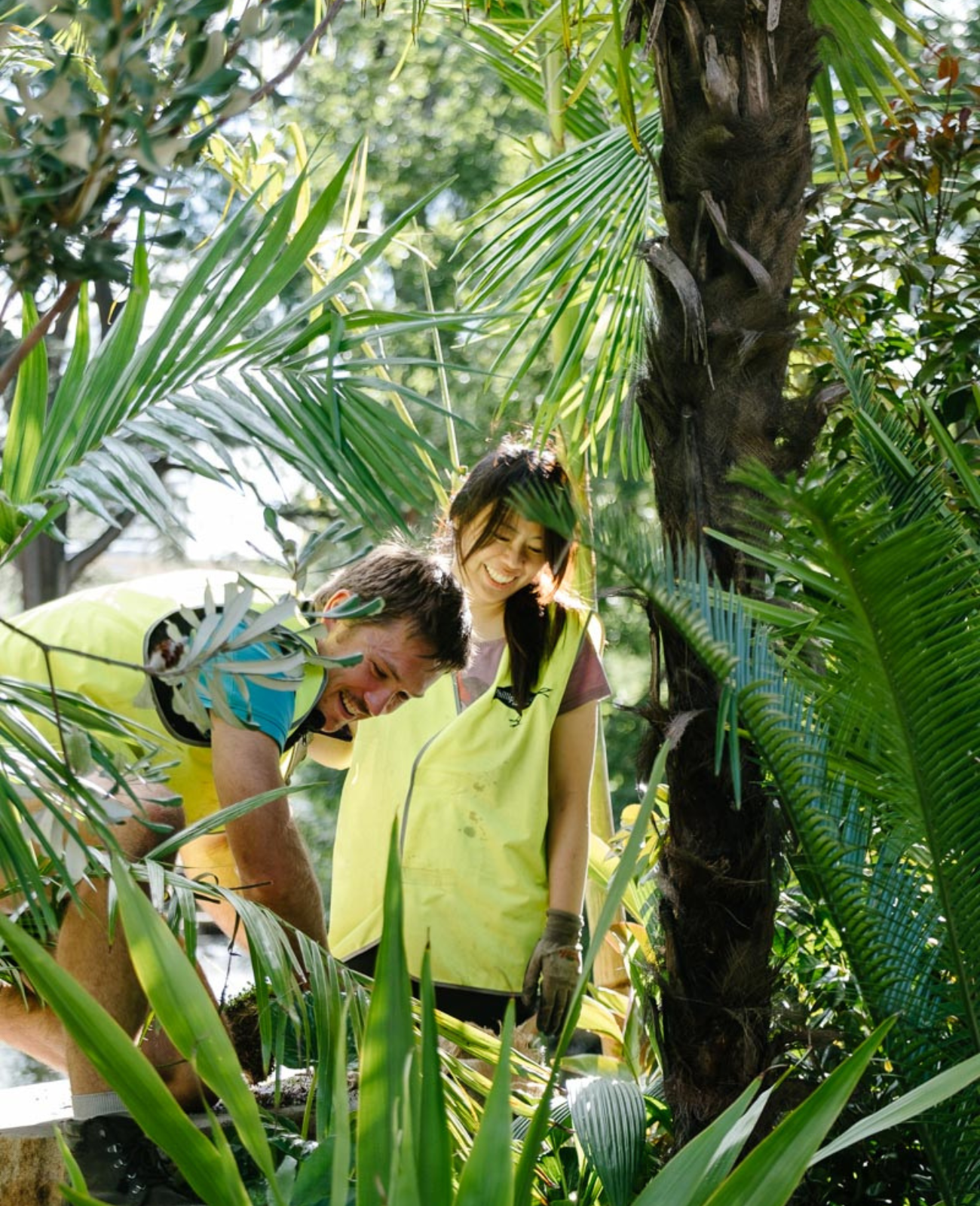
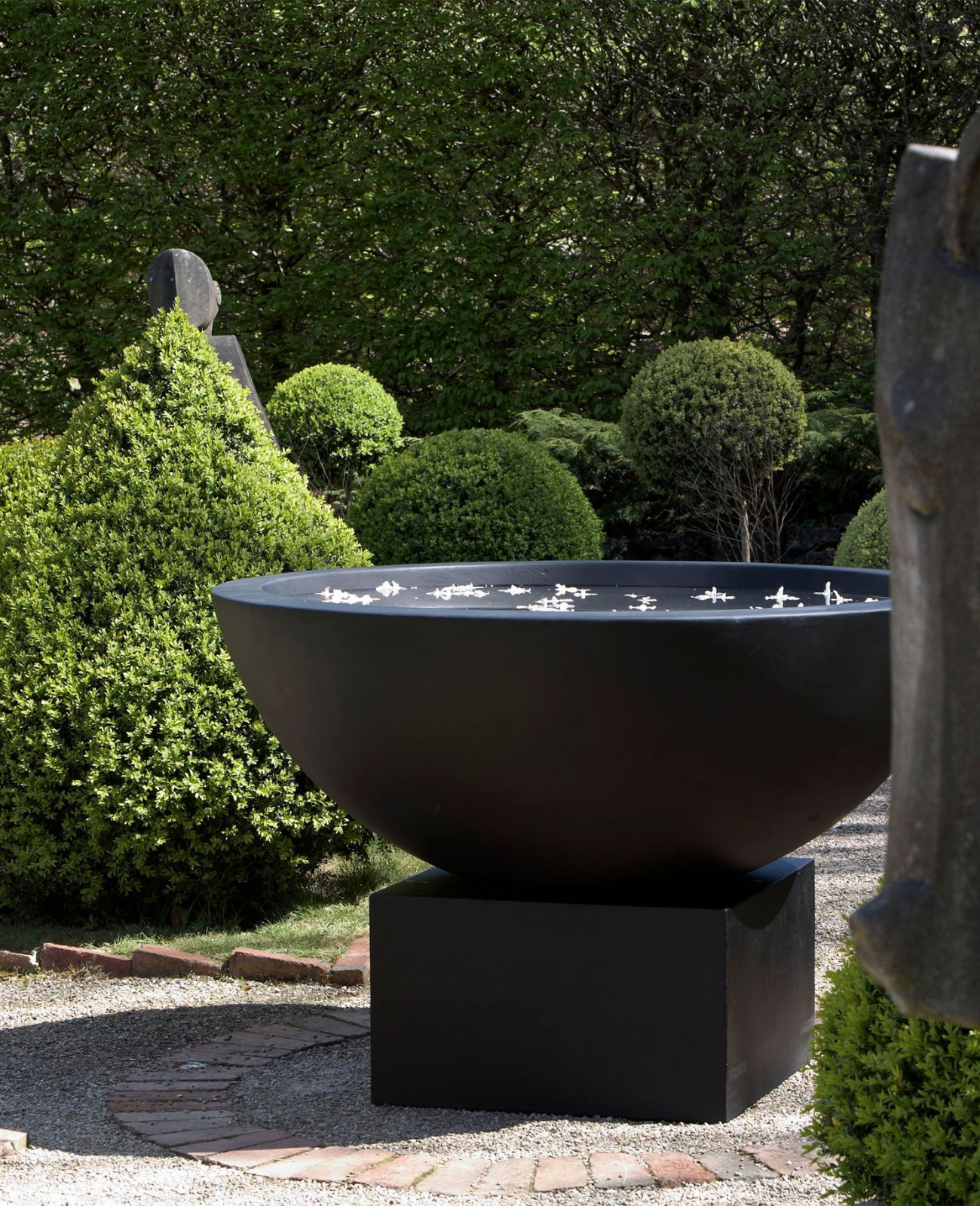
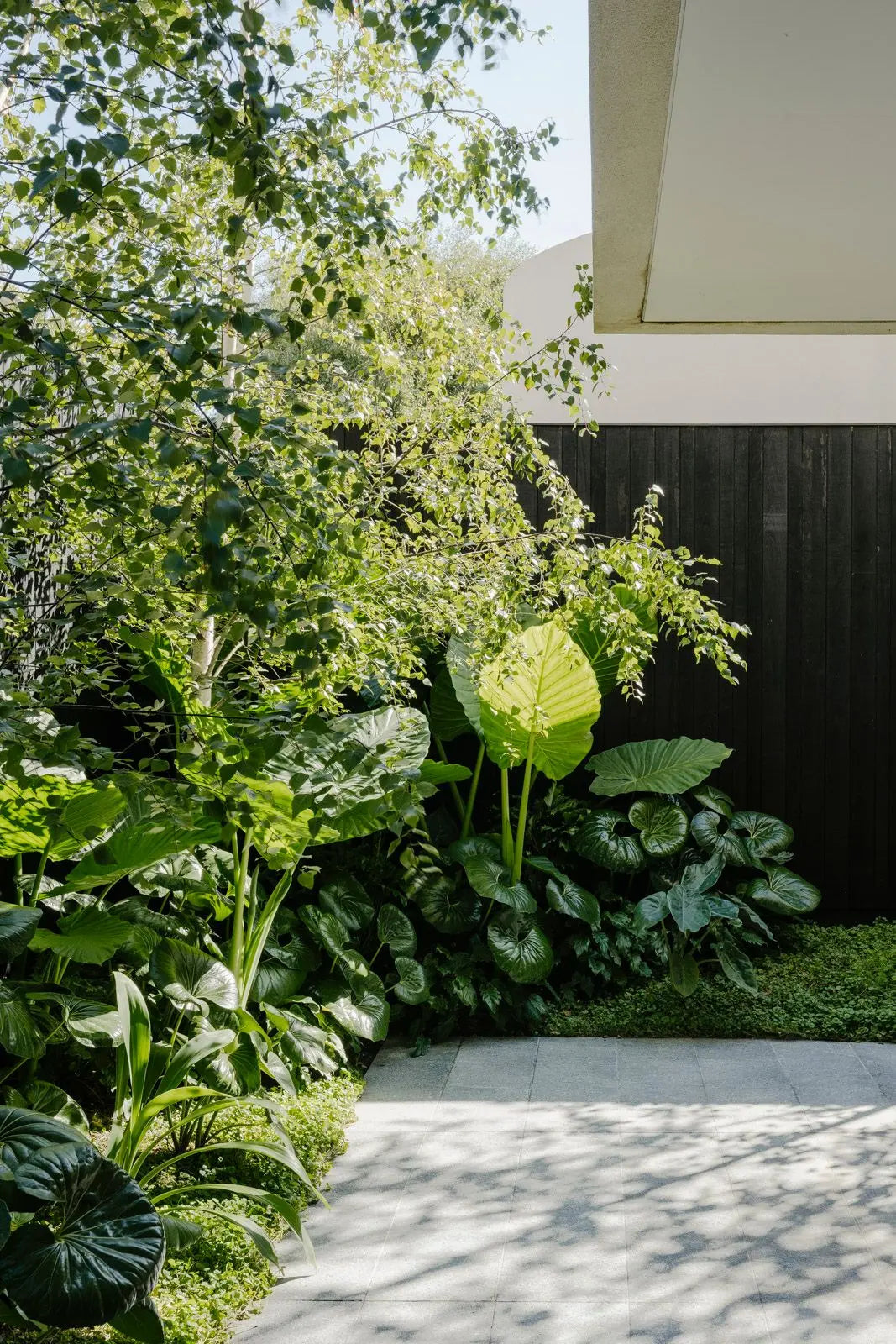
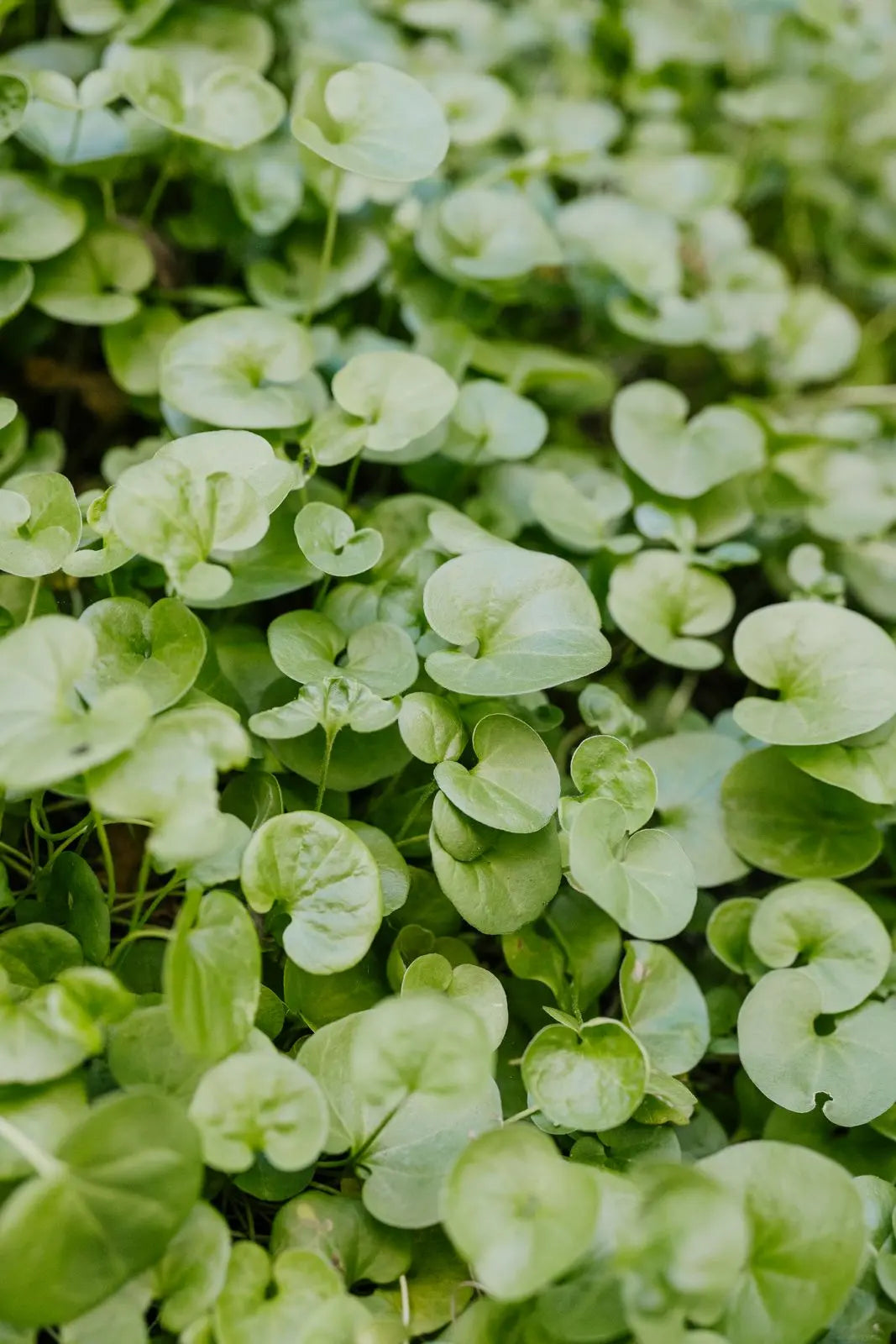
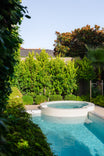
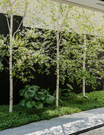
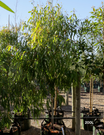
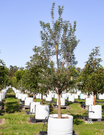
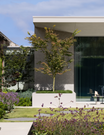
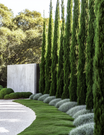
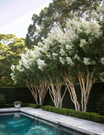
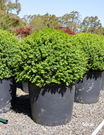
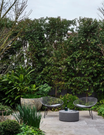
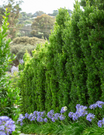
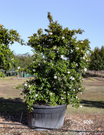
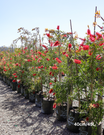
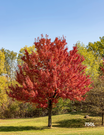
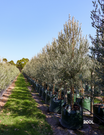
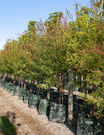
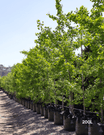
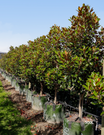
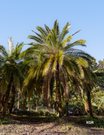
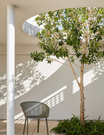
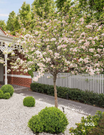






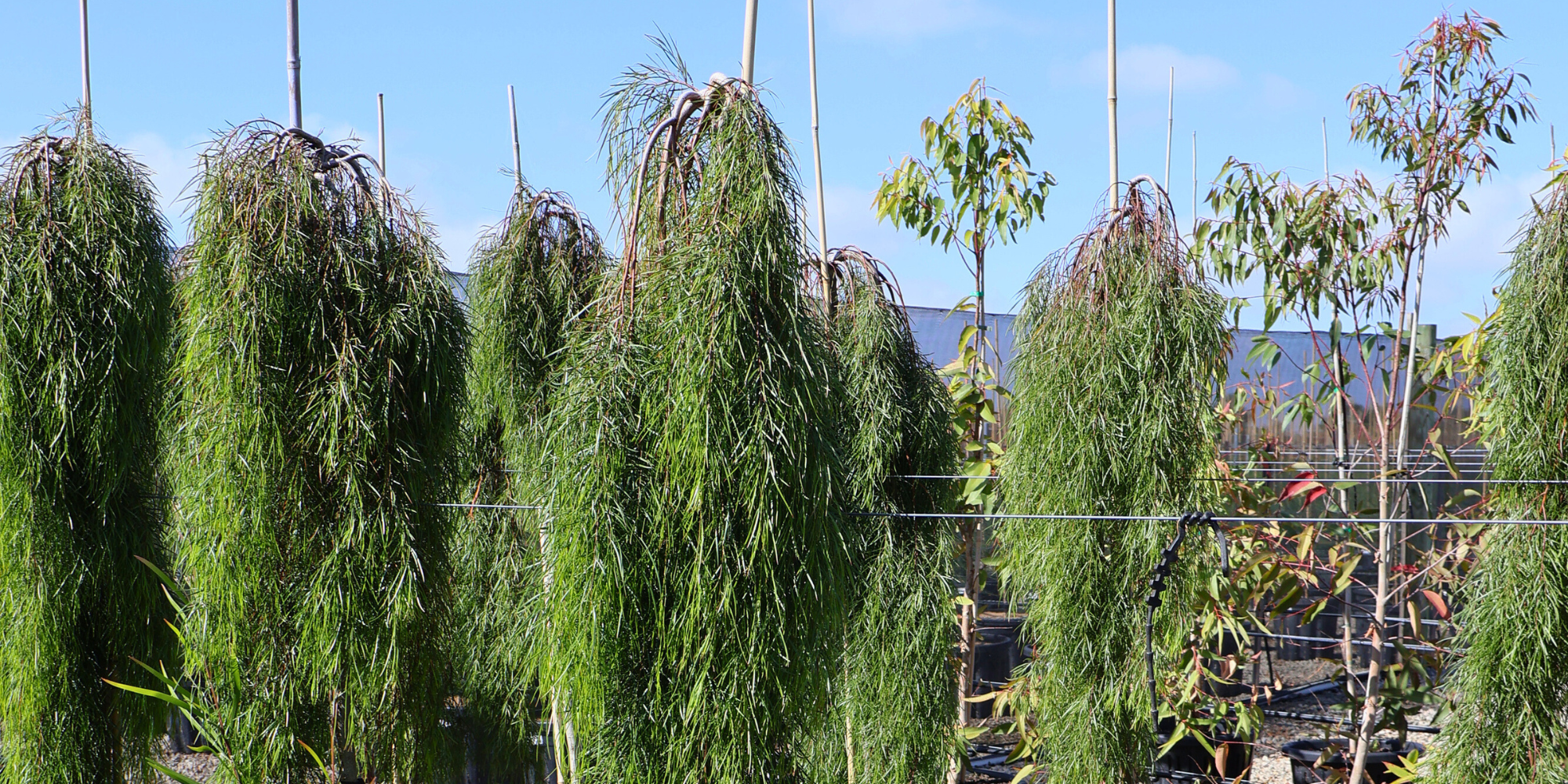
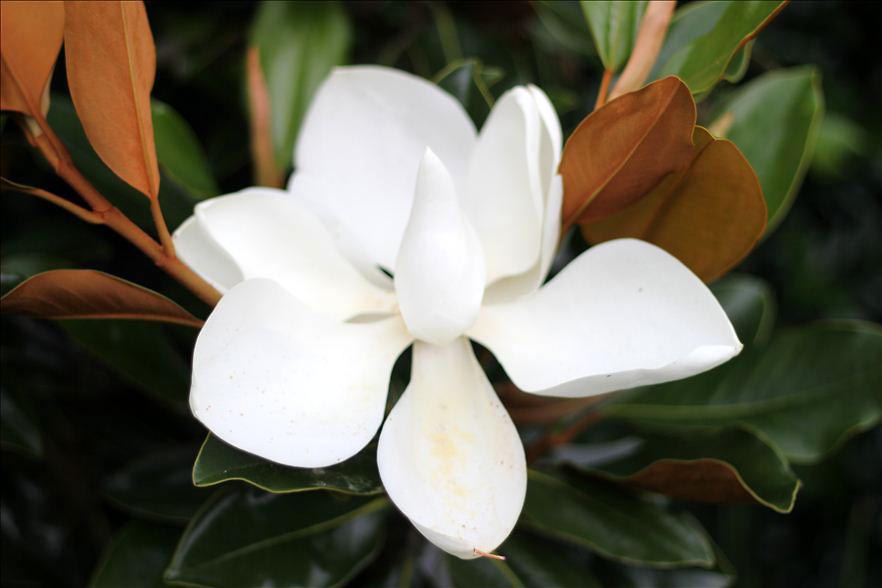
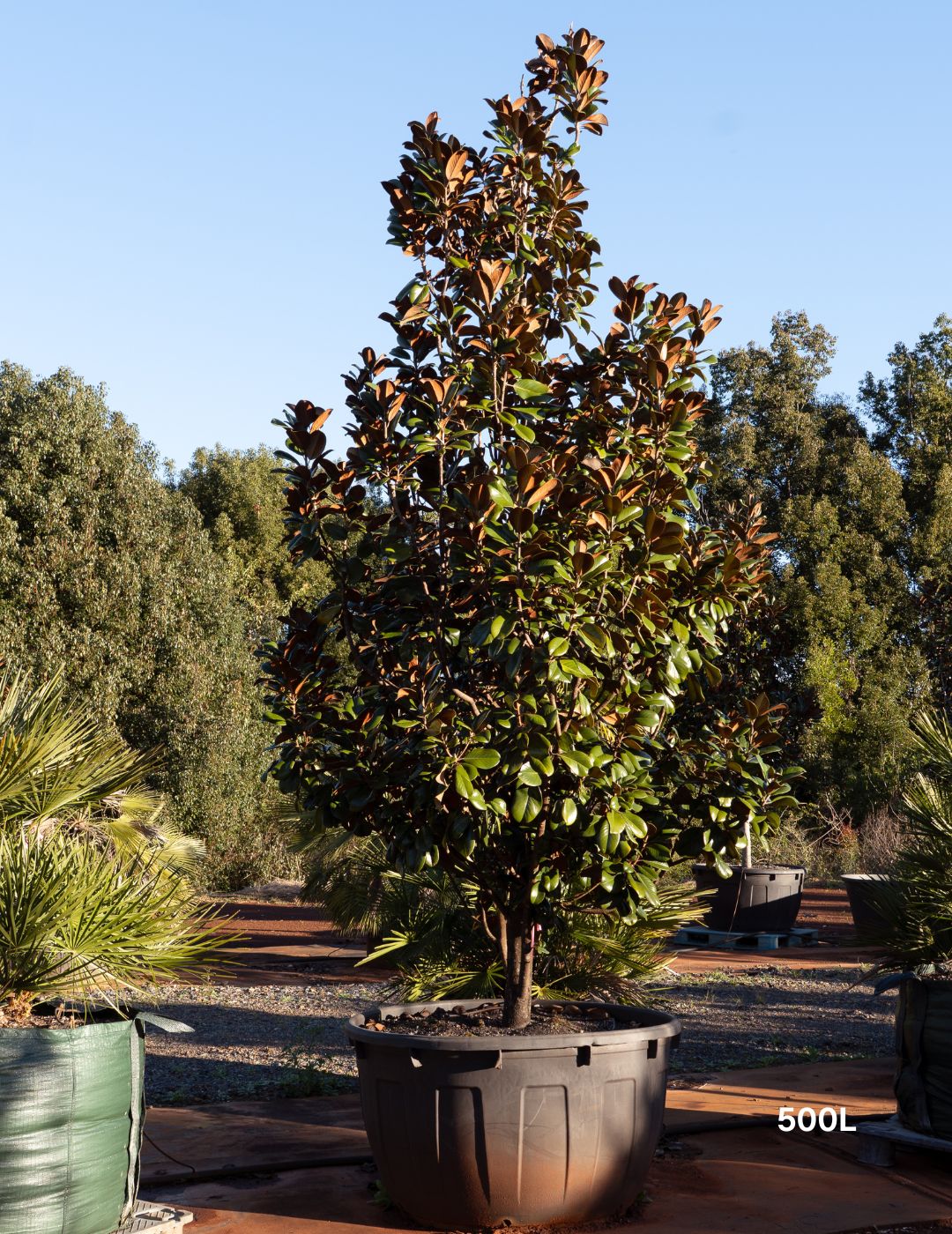
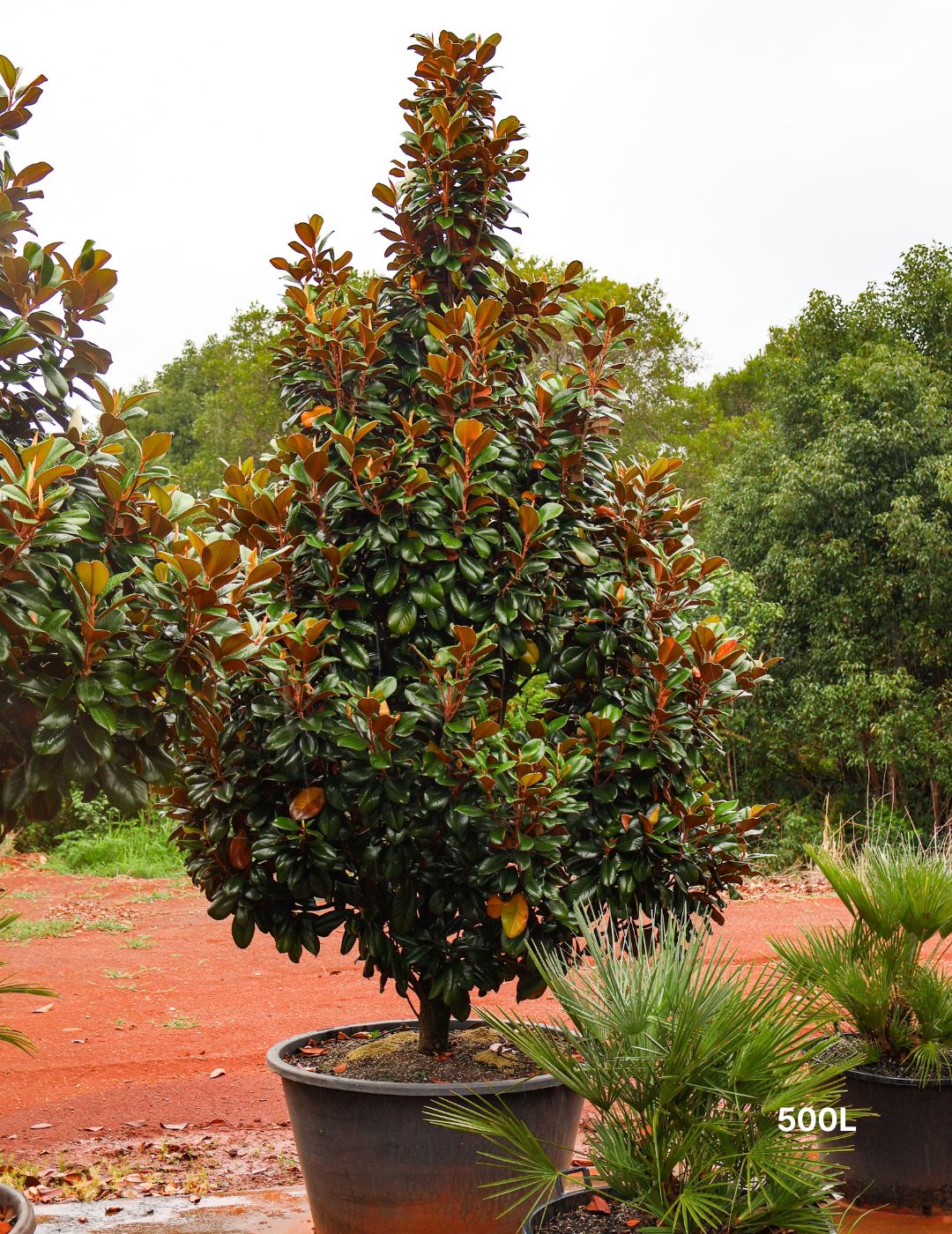
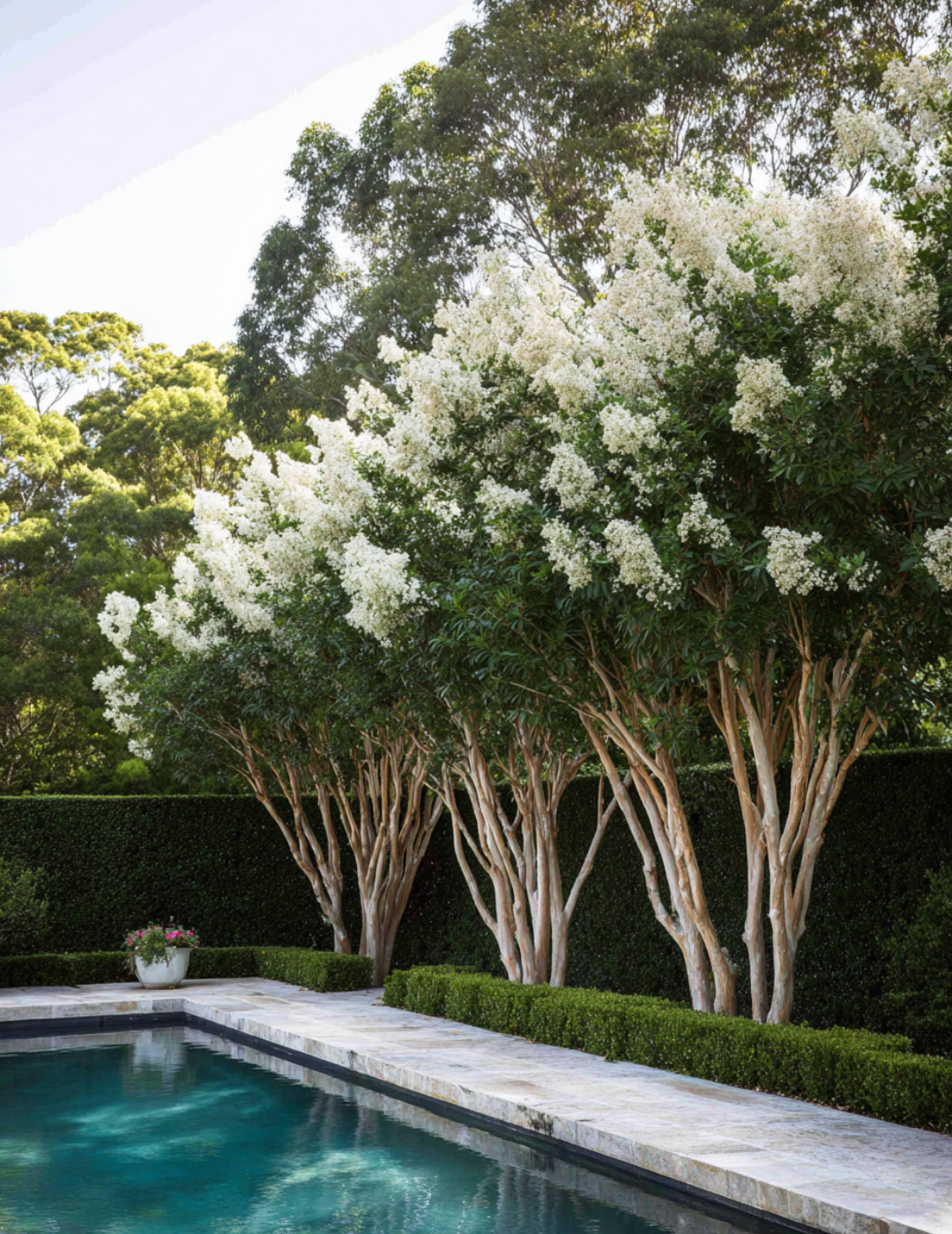
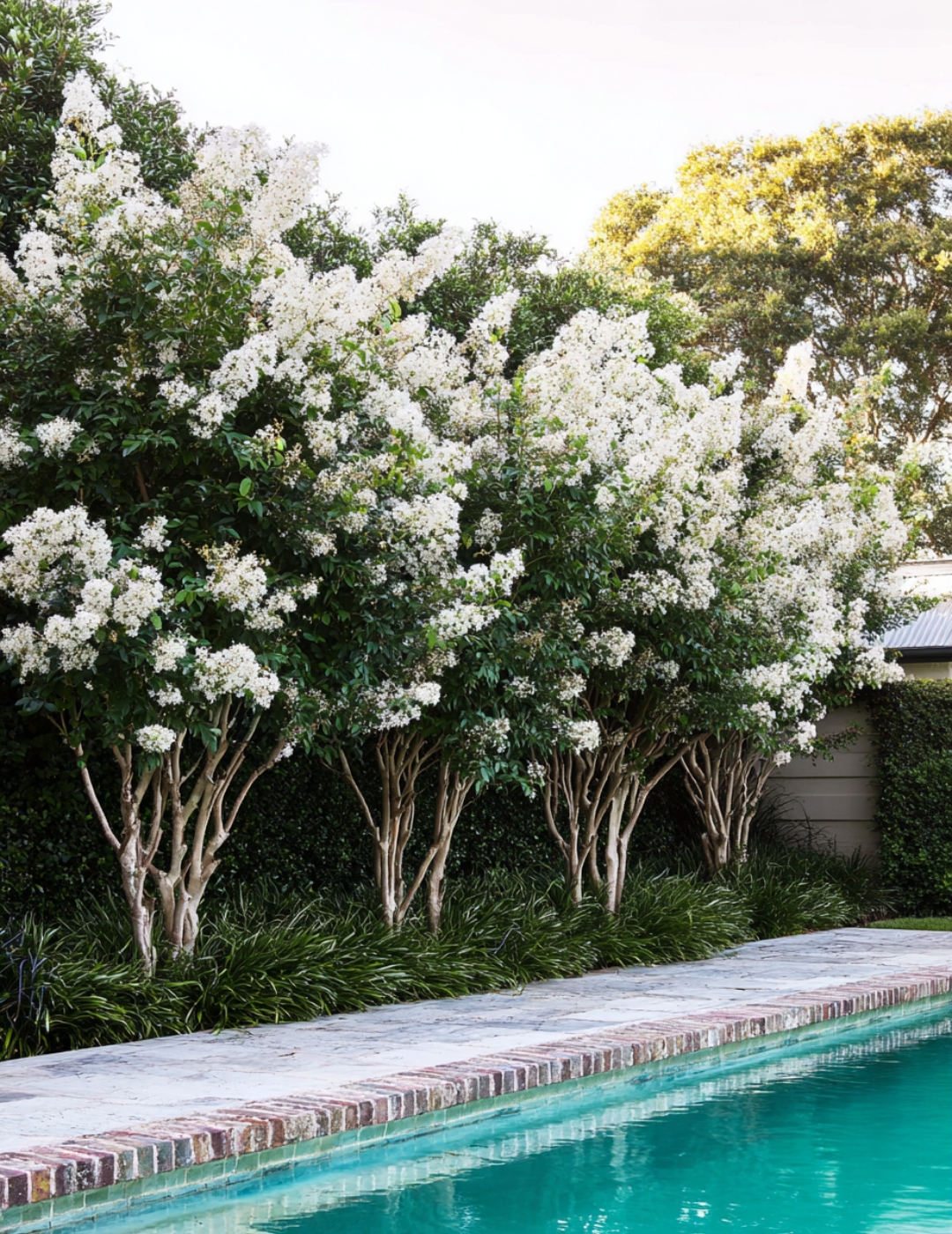
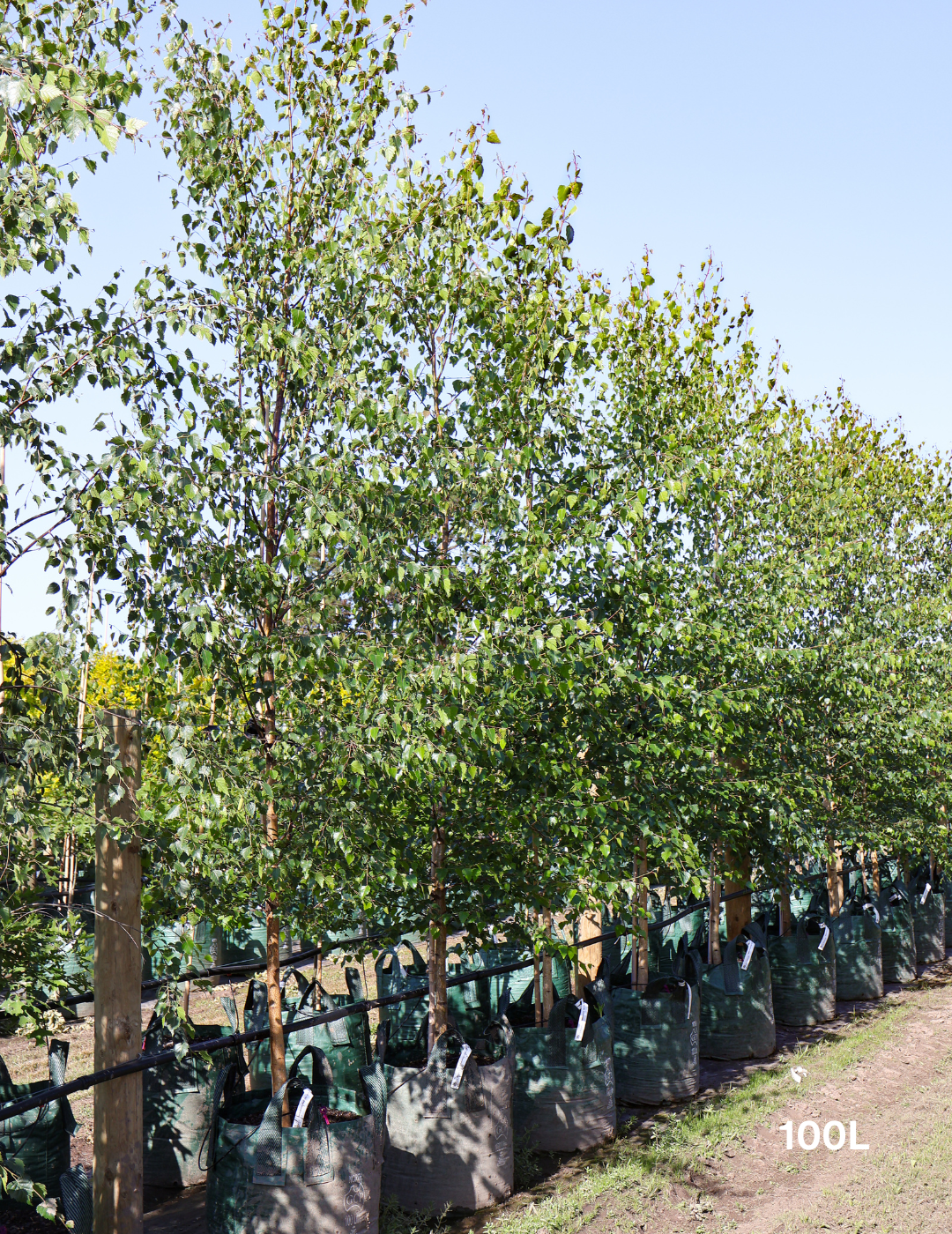
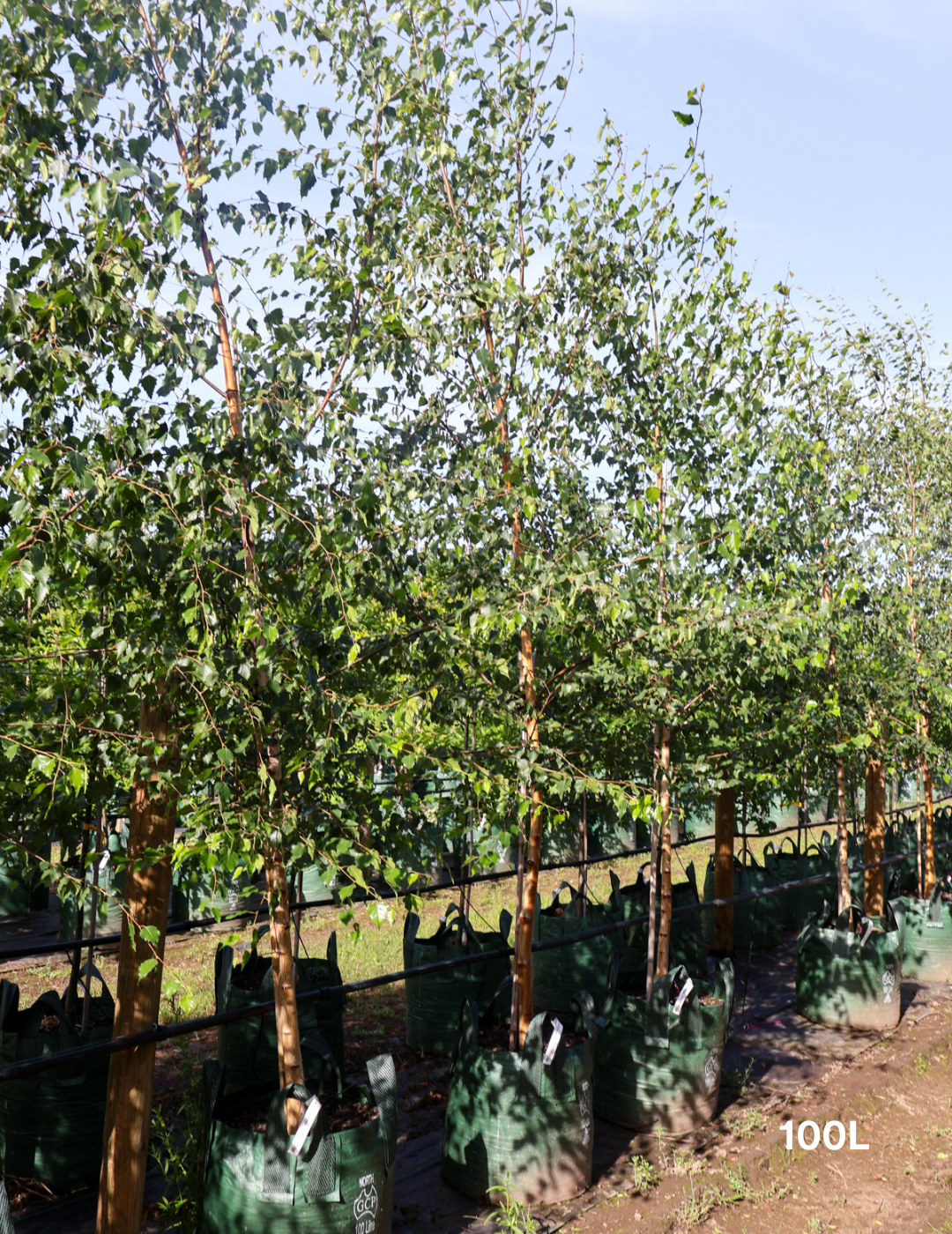
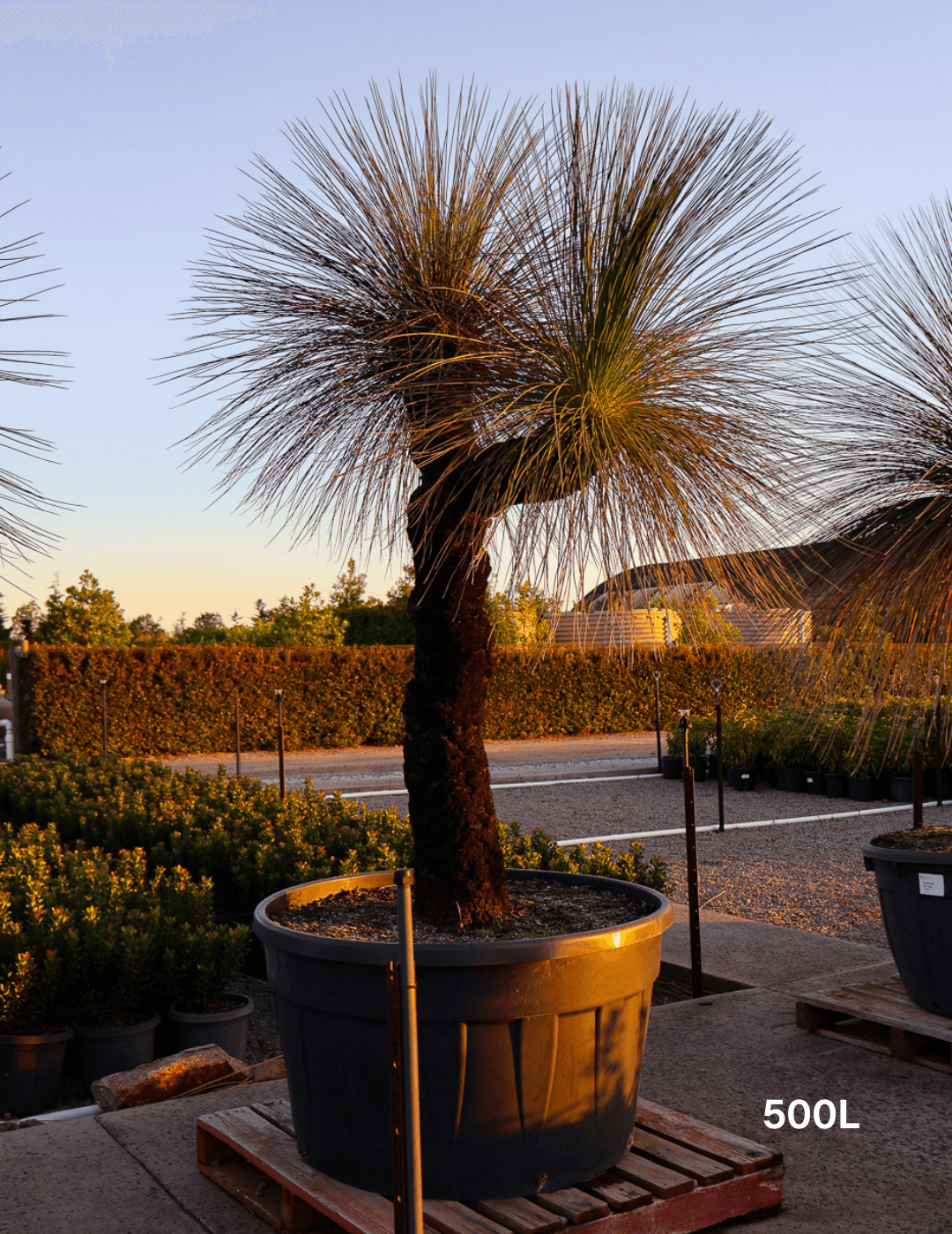
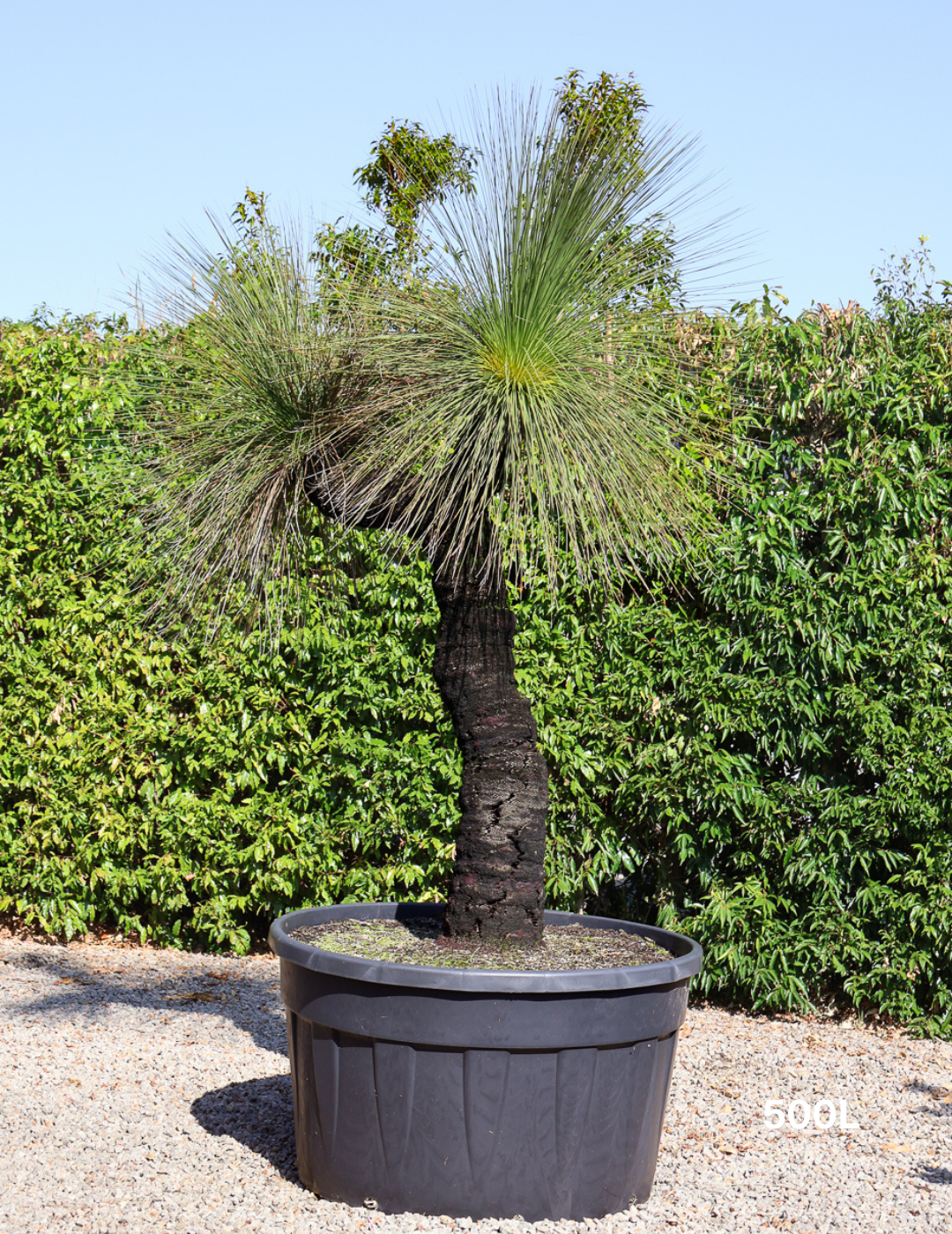
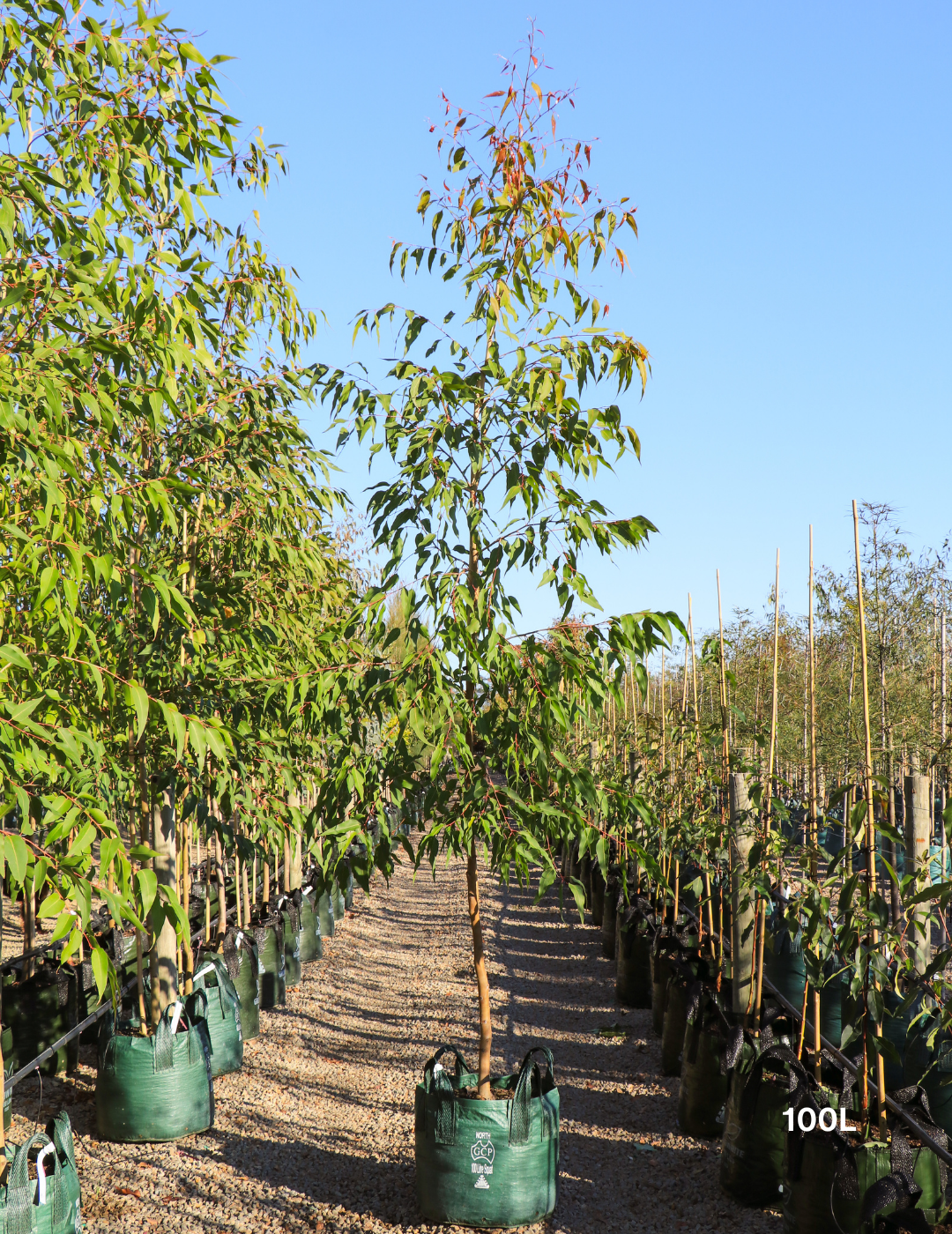
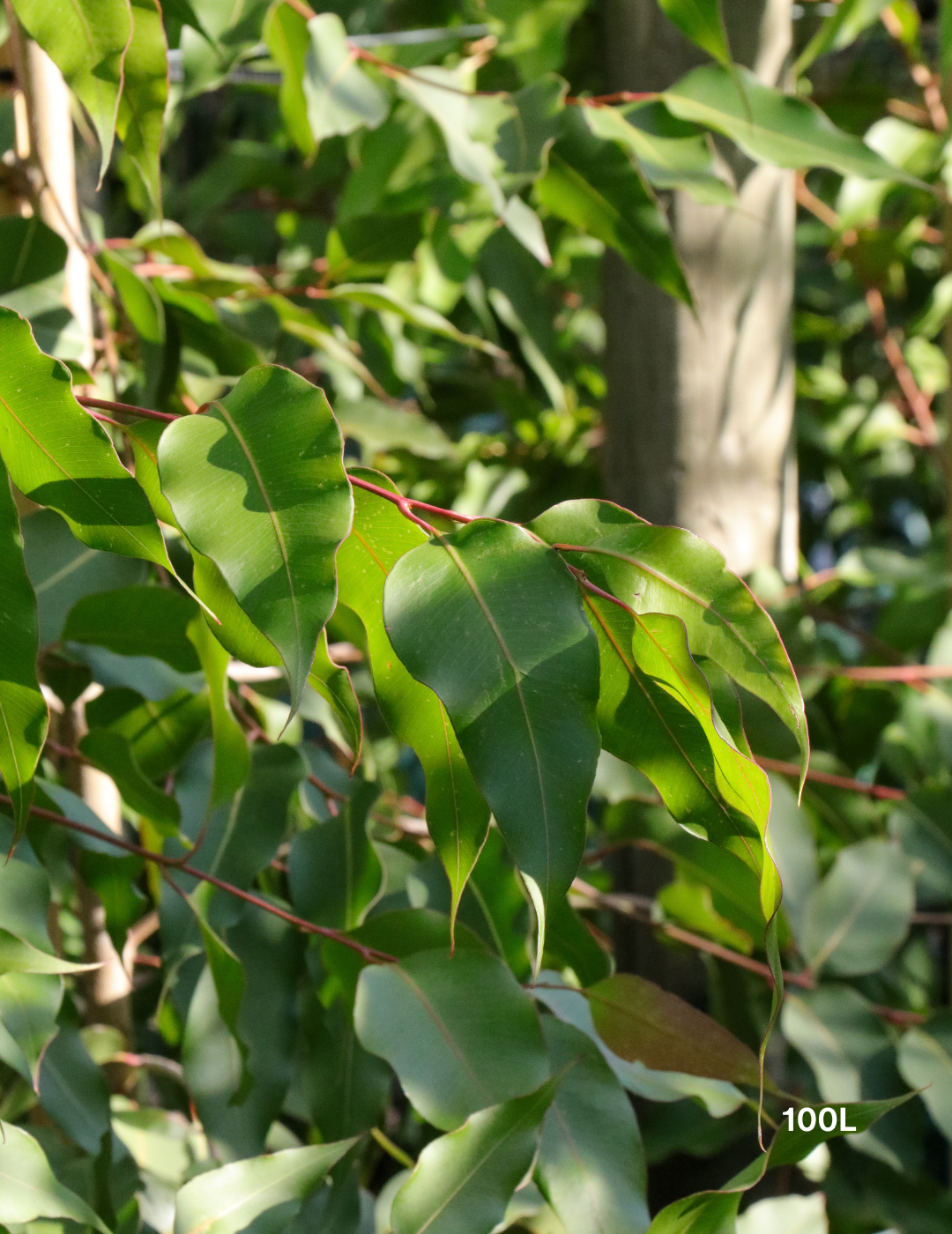
Leave a comment
This site is protected by hCaptcha and the hCaptcha Privacy Policy and Terms of Service apply.